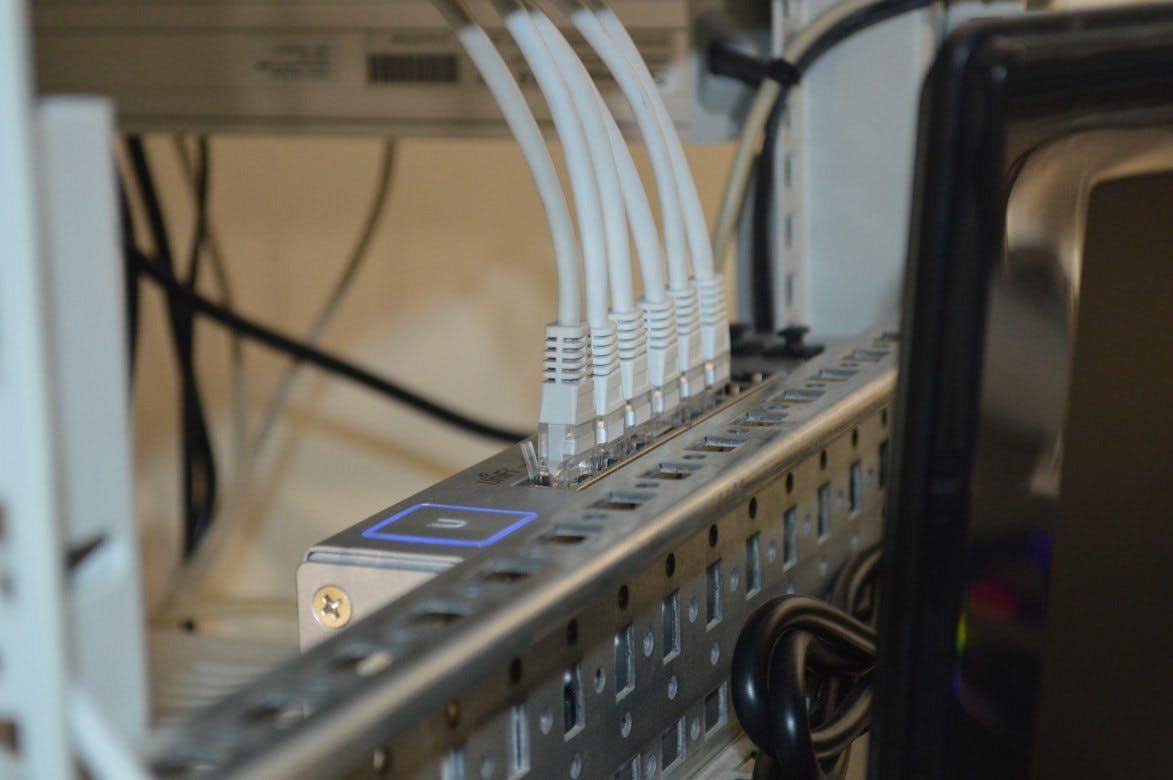
Networking Part 2
R
Part 2
DNS
What is DNS? How does DNS work?
DNS has only one function, resolving hostname's to IP addresses. You will often hear DNS as the phone book of the internet. DNS will find the IP address assigned to www.google.com for example. So if you your browser navigates to 74.125.142.94 you will find a Google search page. Each DNS server has a database where it stores hostname-to-IP-address pairs.
Further reading DHCP
Checkout the following video for an intro to DNS from IBM
Ports
When a client makes a request to a server for data it needs to have a specific port to interpret that data. Web servers listen or exchange data on port 80. Common ports are, 22 SSH, 53 DNS, 80 HTTP, 143 IMAP, 443 HTTPS, etc. There are 65536 ports. Ports 0 - 1023 are called well-known ports. Ports 1024 - 49151 are called registered ports. Ports from 49152 to 65535 are free to use. TCP/IP applications combine the hosts IP address with the port number in order to communicate and this combination is known as a socket.
Further reading full list of Ports